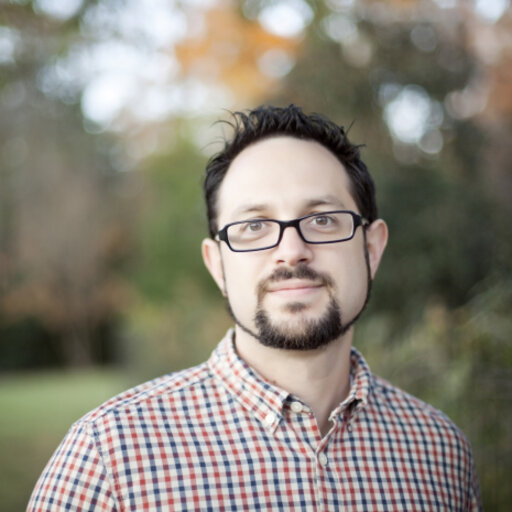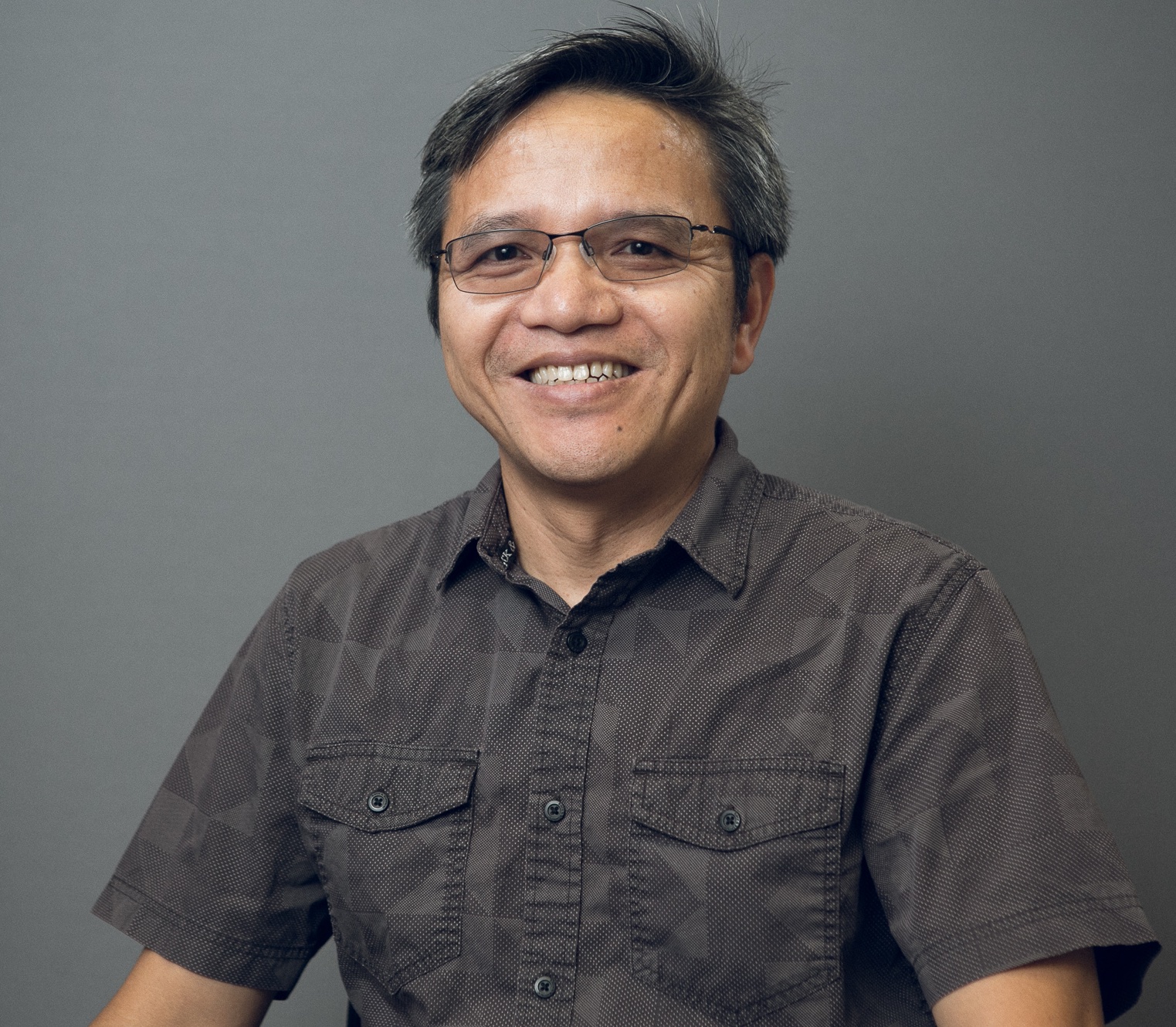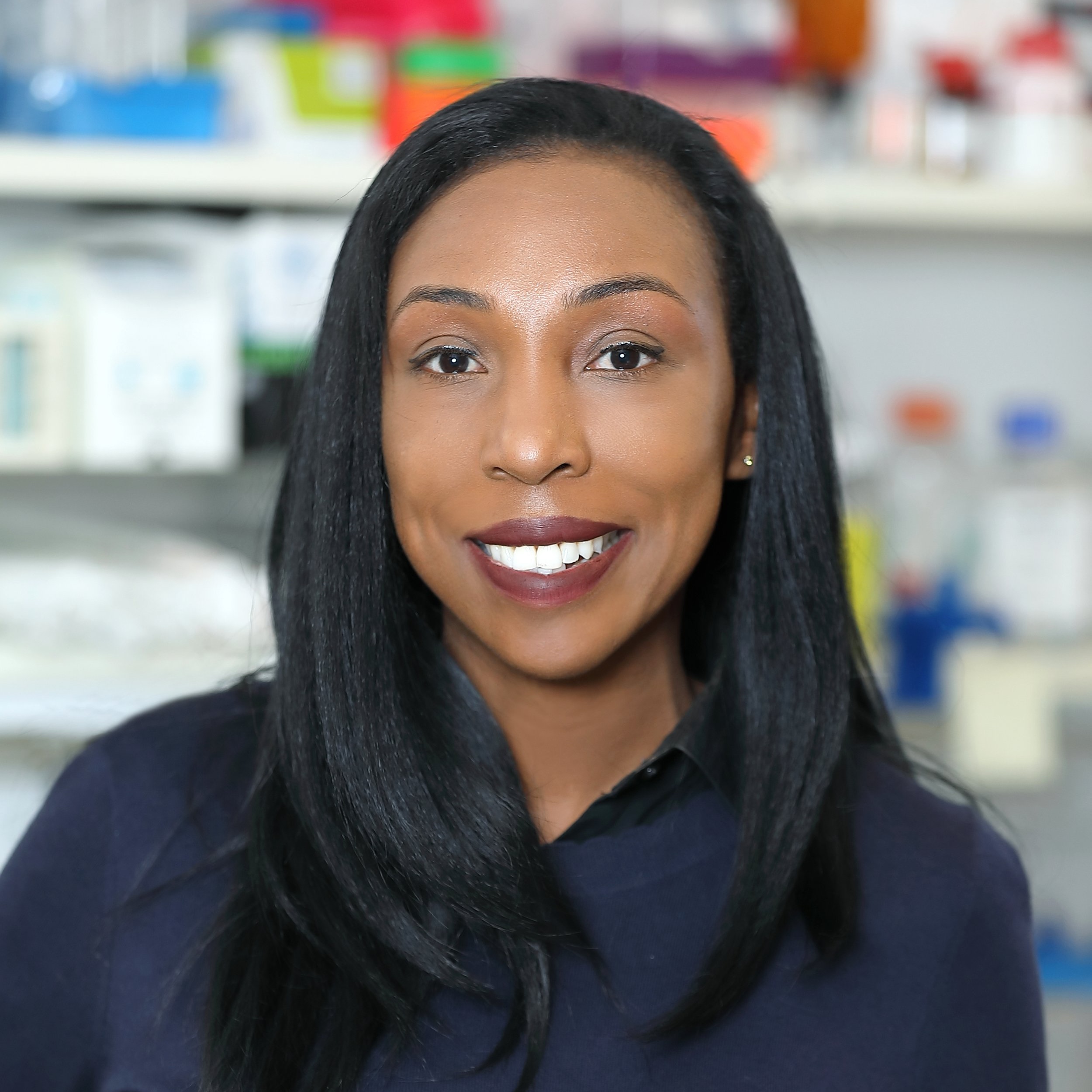Speaker Bios
March 27, 2025 - "The Worm, Caenorhabditis elegans"

David Reiner
In a plant biology lab at Carleton College, I observed a nematode waving at me from a piece of moss, thereby semaphoring my scientific future. In the University of Washington Department of Genetics. Dr. James Thomas redirected my interests from C. elegans Notch in vulval development to gain-of-function mutations causing behavioral defects and CAMKII regulating a Voltage-Gated K+ Channel.
As a post-doc with Dr. Barbara Meyer at UC Berkeley, I explored novel RTKs identified in the recently sequenced C. elegans genome. My findings indicated that Anaplastic Lymphoma Kinase transduces key sensory signals to regulate developmental biology and pointed at ERK5 as a transducer, later also found in human ALK-positive tumors.
While at Berkeley I experienced the first complications of kidney failure. Consequently, I joined the laboratory of Ras expert Dr. Channing Der at UNC as research-track faculty, managed his group of 20-25 scientists, and investigated both Ras and Rho small GTPase family members in C. elegans. The switching activities of small GTPases are ideal to mutate for genetic analysis using simple invertebrates. In January 2009 I had a double nephrectomy and received a kidney transplant. Five weeks later I submitted my sole-PI R01 on Ras, its proto-oncogenic effector RalGEF, and the RalGEF substrate, Ral (Ras like) in C. elegans vulval development. I was independently funded and also drew a full circle from a first-year student interested in Notch in vulval development.
Bolstered by recovered good health, in 2013 I transitioned to an independent tenure-track faculty position at the Institute of Biosciences and Technology in Houston, part of the College of Medicine in the Texas A&M Health Science Center. I was tenured in 2019 and director of the IBT graduate program from 2017-2020. I continue to study questions of Ras family signaling, mostly but not exclusively on RalGEF>Ral signaling.

David Matus
Dr. Dave Matus is a Scientist at UC Berkeley in the Advanced Bioimaging Center, and an evolutionary developmental biologist with a focus on leveraging cell biology and live imaging to understand connections between cell biology, cell fate and morphogenesis during animal development. A former tenured Principal Investigator at Stony Brook University, Dr. Matus led a collaborative research lab that utilized cutting-edge imaging and genetic tools in C. elegans, zebrafish, and cancer cell models to investigate the connections between the cell cycle and cell invasive behavior in vivo. More recently, Dr. Matus spent 18 months at Arcadia Science, where they worked at the interface of evolutionary biology and live imaging, contributing to innovative research across the tree of life. With a deep interest in how cellular processes shape evolutionary dynamics, Dr. Matus continues to explore new ways to merge live imaging techniques paired with genetic tools to answer fundamental questions about developmental biology across animal evolution.

Swathi Arur
Swathi Arur is the Blanche Bender Professor in Cancer Research and the Deputy Chair of the Department of Genetics at the University of Texas MD Anderson Cancer Center. Her lab studies how germ cells develop and uses this knowledge to understand how cancer spreads and grows. Her lab uses the tiny worm Caenorhabditis elegans for basic research and mice to see how their findings apply to mammals and diseases. The Arur lab has made several important discoveries. Her team discovered a new role for the post-translationally modified form of Dicer, called phospho-Dicer, in the cell nucleus and showed how maternal nutrition and insulin signaling affect chromosome behavior. Recently, they discovered that a group of molecules called pachytene piRNAs help control gene expression and meiotic chromosomal dynamics in male germ cells - providing the first evidence for a role for piRNAs beyond maintaining genome stability. In mammals, Dr. Arur's team found that aberrant, constitutive expression of phospho-Dicer speeds up metabolism and aging, similar to the Dicer disease syndrome in humans. Her lab also found that phospho-Dicer helps cancer cells spread by inducing lineage plasticity in primary lung tumors. These findings led to the development of the anti-pDicer antibody which can detect metastatic cells early in their development and is now patented in several countries. Dr. Arur serves on the Board of Directors of the Genetics Society of America and as an Editor at Development. She was elected to the University of Texas Shine Academy in 2024, recognized as an Emerging Leader in Health and Medicine by the National Academy of Medicine in 2022, and named a Fellow of the American Association for the Advancement of Science in 2020. Dr. Arur is a Distinguished Faculty Mentor and Presidential Research Scholar at MD Anderson.
May 22, 2025 - "The Fruit Fly, Drosophila melanogaster"

Wu-Min Deng
Tulane University School of Medicine
https://medicine.tulane.edu/deng-lab
Wu-Min received his Bachelor's degree in Genetics from Sichuan University in Chengdu, a Master's degree from the Shanghai Institute of Cell Biology, Chinese Academy of Sciences, and his PhD from the University of Edinburgh in Scotland. He completed his postdoctoral training at the University of Washington in Seattle. Wu-Min's early research addressed fundamental questions in developmental biology—including pattern formation, growth regulation, and cell polarity—using the Drosophila ovary model.
In 2003, he established his independent lab at Florida State University in Tallahassee, where his team continued using the ovary model to study how Notch signaling controls the mitotic-to-endocycle transition to achieve polyploidy, as well as germline-soma interactions critical for oocyte polarity. His research later expanded to encompass cell competition, Hippo signaling, and the development of models for studying tumor initiation in fruit flies. In the fall of 2019, Wu-Min's lab moved to Tulane University School of Medicine in New Orleans, where his Drosophila cancer research broadened to include studies on the tumor microenvironment, sex dimorphism, and tumor-host interactions.
Wu-Min's work has led to the development of several fly tumor models, such as the transition-zone and malignant rhabdoid tumor (MRT) models. Research from his team has led to new concepts such as tissue “tumor hotspots” and “compensatory cellular hypertrophy,” and novel mechanisms and components of the Notch and Hippo signaling pathways. He has received significant funding from NCI, NIGMS, and NSF, and edited the book Drosophila Model in Cancer , with a second volume currently underway. Wu-Min has served on the GSA Drosophila board, NIH study sections, and co-founded the research network “Fly Bayou”, which connects research groups across the southeastern and central United States. He currently holds the Gerald & Flora Jo Mansfield Piltz Endowed Professorship in Cancer Research.

Norbert Perrimon
Harvard Medical School, HHMI
Drosophila as a model to study cancer cachexia
Norbert Perrimon, PhD, James Stillman Professor of Developmental Biology in the Department of Genetics at Harvard Medical School, Investigator of the Howard Hughes Medical Institute, is a geneticist known for pioneering a number of techniques in Drosophila, as well as specific substantive contributions to signal transduction, developmental biology, and physiology. Among the tools that he has developed are: the FLP-FRT Dominant Female Sterile technique to generate germline mosaics, the GAL4-UAS method to control gene expression both spatially and temporally, highthroughput genome wide RNAi and CRISPR screens, and proximity labeling methods to identify secreted molecules. These methods have had transformative impacts in signal transduction, development, physiology, neurobiology, and functional genomics. Early in his career, he identified and characterized factors involved in RTK, Wnt, and JAK/STAT signaling, contributing to the elucidation of these canonical pathways. Perrimon went on discover intestinal stem cells in the adult fly gut, opening up an entire field of study to identify factors and pathways involved in stem cell homeostasis and regeneration. In more recent years, he has taken a systematic approach to identify factors involved in inter-organ communication, which are leading to a systems wide understanding of how hormonal systems are regulated by the state of various organs in homeostatic and stressed conditions.

David Bilder
David Bilder leads a research group exploring the biology of epithelia, the fundamental cell type of all animals. Using the fruit fly Drosophila, one part of the Bilder lab studies the molecules and mechanisms that govern epithelial polarity, tissue organization, and organ morphogenesis. This work has been instrumental in defining the conserved hierarchy that establishes cell polarity across many species, and has identified novel morphogenetic movements that shape animals. A second part of the lab studies the relationship between epithelial organization and growth control, a surprising connection uncovered by seminal work on fly tumor suppressor genes that has relevance to human cancer. The lab's use of fly cancer models has recently expanded to explore tumor-host interactions, demonstrating evolutionary conserved phenomena including cachexia, coagulopathy, and anti-tumor immunity. Bilder lab publications document a track record of establishing new experimental paradigms in the fly and exploiting them to make high-impact discoveries of general relevance, including to human biology and medicine.
David trained with prominent geneticists, developmental, and molecular biologists (Norbert Perrimon, Matt Scott, and Walter Gilbert) before starting his own lab at the University of California-Berkeley in 2002. His research has been recognized as a Searle Scholar, a Burroughs-Wellcome Career Award, and the Mossman Developmental Biologist Award. Leadership roles include Chair of the NIH DEV2 study section, President of the Drosophila Research Community, Founding Director of the Molecular Biology Across Scales T32 training program, and revising author of the Development chapter for the Molecular Biology of the Cell ('Alberts') textbook.
June 26, 2025 - "The Zebrafish, Danio rerio"

James Amatruda
James F. Amatruda, MD, PhD, is Director of the Cancer and Blood Disease Institute and Chief of the Division of Pediatric Hematology-Oncology at Children's Hospital Los Angeles; Professor of Pediatrics and Medicine at the Keck School of Medicine; and Associate Director for Pediatric Oncology, Norris Comprehensive Cancer Center, University of Southern California. He holds the Alfred E. Mann Family Foundation Chair in Cancer Research. Dr. Amatruda received his Bachelor's degree in Biochemical Sciences from Harvard University and his MD, PhD degree from Washington University School of Medicine. He did internship and residency training in Internal Medicine at the Brigham and Women's Hospital in Boston, MA, followed by fellowship training in Medical Oncology at Dana-Farber/Partners Cancer Care in Boston, MA. He was a Postdoctoral Fellow in the laboratory of Dr. Leonard Zon at Boston Children's Hospital, Harvard Medical School. From 2005-2019, Dr. Amatruda was on the faculty of UT Southwestern Medical Center in Dallas, TX.
Dr. Amatruda is a physician-scientist with a primary research and clinical focus on solid tumors of childhood including sarcomas, germ cell tumors and Wilms tumor. He has published more than 120 peer-reviewed scientific manuscripts focused on pediatric cancer genomics, identification of novel therapies, and zebrafish models of pediatric solid tumors. He led a project in the UT Southwestern Kidney Cancer SPORE and is co-PI of two NIH U54 Centers, one focused on developing new therapies for Ewing Sarcoma and the other on advanced cancer cell imaging and metastasis. Work in the Amatruda lab is also supported by several foundations including Curing Kids Cancer, the St. Baldrick's Foundation and Alex's Lemonade Stand Foundation. Dr. Amatruda is an Editor of the journal Disease Models and Mechanisms. He has had long-standing leadership positions in the Children's Oncology Group; serving as Chair for the Germ Cell Tumor Biology Committee and the Rare Tumors Biology Committee. He also serves on the Scientific Advisory Boards of the William Guy Forbeck Foundation, the Pablove Foundation, Curing Kids Cancer and the Sam Day Foundation.

David Langenau
Dr. David Langenau is Director of Research Education in the Department of Pathology at Massachusetts General Brigham, Professor of Pathology at Harvard Medical School, and the Atul K. Bhan, MBBS, MD, Endowed Chair in Experimental Pathology. He did his PhD training at Dana-Farber cancer institute with Dr. Tom Look where he developed the first transgenic model of zebrafish cancer. He then joined Dr. Len Zon for fellowship where he developed a new model of embryonal rhabdomyosarcoma, establishing this is a stem cell driven disease and the prominence of the RAS pathway in the genesis of this subtype of cancer. Since joining Massachusetts General faculty over 16 years ago, his team has continued to work in the areas of acute lymphoblastic leukemia and rhabdomyosarcoma publishing works defining the stem cell pathways that drive pediatric cancer and extending findings from zebrafish to human disease. Finally, David has recently innovated new immune deficient zebrafish models to grow human cancer and will share his work on dynamic live cell imaging of preclinical therapy responses in vivo.

Kandice Tanner
Kandice Tanner received her doctoral degree in Physics at the University of Illinois, Urbana-Champaign under Prof Enrico Gratton. She trained as a Department of Defense Breast Cancer Post-doctoral fellow jointly at University of California, Berkeley and Lawrence Berkeley National Laboratory under Dr. Mina Bissell. Dr. Tanner integrates concepts from molecular biophysics and cell biology to understand organ specific metastasis. She is a senior investigator ( full tenure) at the Center for cancer research. She also serves as a co-director of the UMD-NCI Cancer partnership between the physics department and the NCI. In recent years, she has received the 2023 Max Planck-Humboldt medal, 2023 ASCB E.E. Just award and the 2021 Arthur S. Flemming award. She is also a Fellow of the American Physical Society and the American Society of Cell Biology.
